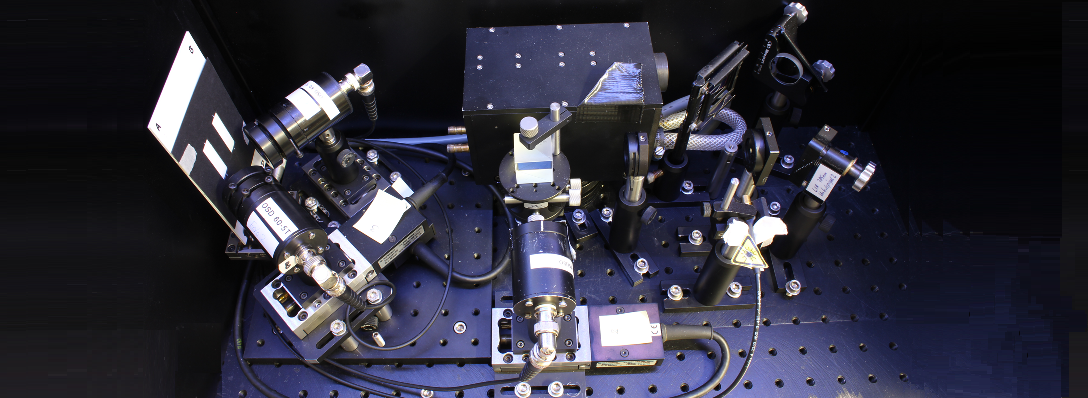Main content
Top content

Riblet Sensor
Nano- and microstructured grooves on turbulent boundary layers, so called riblets, potentially reduce skin friction in the order of 9.9%1,2 and, thus, have a major impact on drag engineering of aircrafts in the context of kerosene consumption (≡ costs) and emission of greenhouse gases. Great demands are made on the geometrical shape of the grooves as deviations from theoretically designed (ideal) riblets of only a few percentage considerably reduce the drag-reducing functionality3,4. In the fields of riblet fabrication and maintenance, it is thus necessary to detect deviations of the geometrical shape with high reliability and high precision at high speed. Preference is given to a contact-free, optical sensor concept, which was developed in the context of this project and recently proposed in Ref. 5: A laser beam incidences normal to the riblet layer and the intensity distribution of the scattered light is applied for the inspection of the riblet’s geometrical shape.
Further, we investigate the significance of the beam parameters of the probing laser source in the riblet sensor by taking the high demands on a sensor’s precision and reliability for the determination of degradation of the riblet geometry into account.
In this project, detailed inspection of the optical response of the riblet from ray and wave optics are made and models and theoretical values for an ideal riblet structure are developed to interpret the emerging data, to develop characteristic quantities for the sample, their derivation from the data, their signal-to-noise ratio and to counsel the design of a commercial optical riblet sensor.
1. Bechert et al., Journal of Fluid Mechanics (1997).
2. Bruse et al., Near-wall turbulent flows (1993).
3. Lee et al., Experiments in Fluids (2001).
4. García-Mayoral et al., Philos Trans A Math Phys Eng Sci (2011).
5. Imlau et al., [arXiv:physics.ins-det/1601.04694] (2016).

